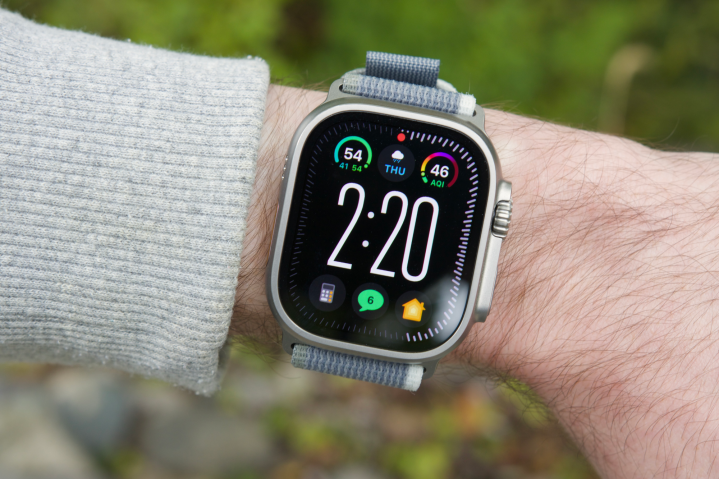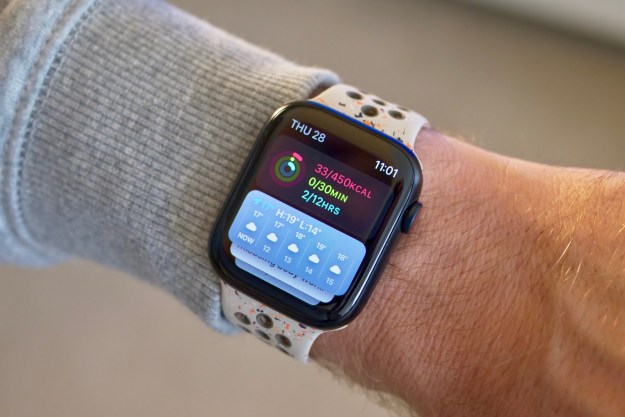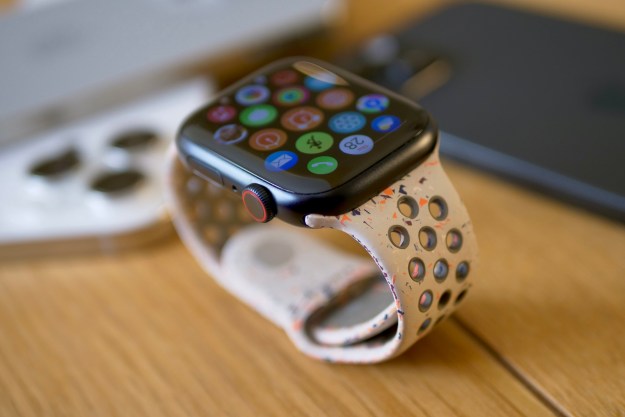
When Apple released the Apple Watch Ultra 2 in September, it was quickly evident that it was nearly identical to its predecessor. This suggested Apple had significant changes planned for the wearable device in 2024 with the Apple Watch Ultra 3. However, this assumption may be incorrect. There might not be a new version of the Apple Watch Ultra in 2024 after all.
According to Apple analyst Ming-Chi Kuo, no work is currently being done on the next Apple Watch Ultra, which is unusual given the traditional product development timeline. However, there could be some sound reasons for this.
Kuo says Apple may be delaying the release of the Apple Watch Ultra 3 to focus on developing cutting-edge health-management features and ensuring the manufacturability of those features. The company may also be taking the time to address the challenges associated with microLED production. It is rumored that the new Apple Watches will switch to microLED technology from OLED.

The analyst says if Apple does not release a new model of Apple Watch Ultra next year, there could be a 20% to 30% decline in sales of this particular model compared to the previous year. Apple Watch shipments could also fall 10% to approximately 35 million units.
The Apple Watch Ultra 2 and the first Apple Watch Ultra, launched in September 2022, are strikingly similar. In fact, on the outside, they are identical. Inside, the newer model includes the all-new S9 chipset, which is also present in this year’s Apple Watch Series 9.
The new S9 chip enables faster Siri capabilities while providing onboard access to health data. Additionally, the always-on LTPO OLED display now offers a peak brightness of up to 3,000 nits. The previous version provided peak brightness up to 2,000 nits. In lowlight situations, it now dims to 1 nit.
The newer model also offers double the onboard storage (64GB), 72 hours of lo- power mode, and a second-generation Ultra Wideband chip. The Apple Watch Ultra 2 users can also utilize the new Double Tap feature.
That’s all to say the Apple Watch Ultra 2 should be a more than capable smartwatch for years to come. Regardless, it will be odd to have had two years of back-to-back
Editors' Recommendations
- I keep forgetting about the Apple Watch Series 9’s coolest feature
- The 6 biggest announcements we expect from Google I/O 2024
- Google Pixel Watch 3: news, rumored price, release date, and more
- We have some bad news about the Google Pixel 9
- The OnePlus Watch 2 is the Wear OS smartwatch I’ve been waiting for




